The US assault on Cuba. Havana could be facing its greatest stress-test yet as tourists numbers soar
Post-Castro Cuba has seen an unprecedented increase in tourism and with the new policy put in place by the Obama administration, the number of visitors from America is expected to rise. With millions of arrivals on its shores, the country, and especially its capital, could be facing a serious stress-test as travel companies are looking to cash-in on the renewed interest in the largest Caribbean island.
Cuba’s tourism has been growing since 2009 but the post-Castro era has made the island even more promising for travel companies. This, combined with Obama’s new policy, could make visitor numbers skyrocket.
A recent report released by The Boston Consulting Group estimates that by 2025, up to 2 million US travellers will visit Cuba each year. To put that into perspective, the last data coming from the country’s National Statistic Office calculated the number of visitors that entered Cuba in 2014 at three million.
Cuba is now facing a strange dilemma. On one hand, it could profit immensely from the renewed touristic interest but on the other hand, the rise in visits from the US has already put a strain on the country’s touristic infrastructure.
And while some are eager to make a profit, Cuba is still in a state of limbo when it comes to US relationships as the new administration has promised to undo all the recent changes.
The Obama boost
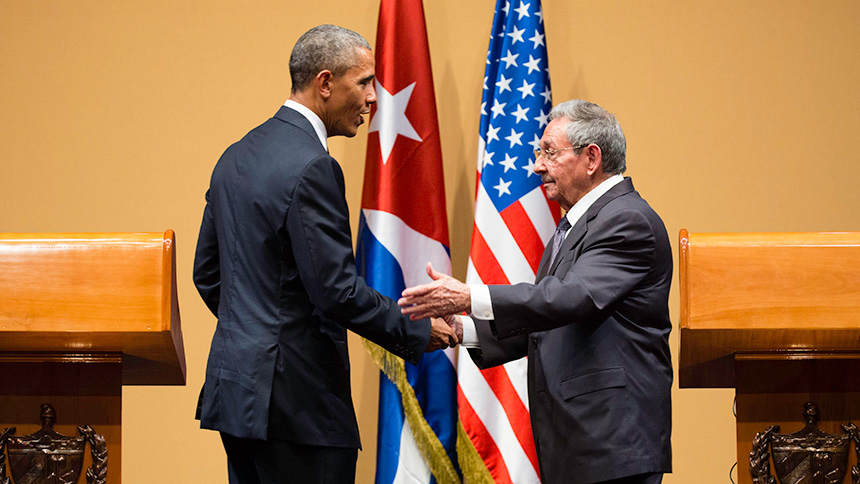
In 2016, the number of American visitors has risen by over 30% and this was partially thanks to the first regularly scheduled flights from U.S. cities to Cuba in more than half a century.
And it was all caused by Obama’s new political approach towards Cuba. Since 2009 there were signs that the administration is seeking paths for the normalization of the relationship between the two countries.
The first big break with the past came in late 2014 and regulatory changes and executive actions continued with Obama being credited for the “opening up of Cuba.”
The Departments of Transportation, Treasury and Commerce were all dealing with changes.
But besides the legislative and executive moves, Obama’s own speeches illustrated a new understanding of foreign policy and made companies and citizens from both countries hopeful that this will be essentially an irreversible process.
The opportunities were not lost on the tourism industry
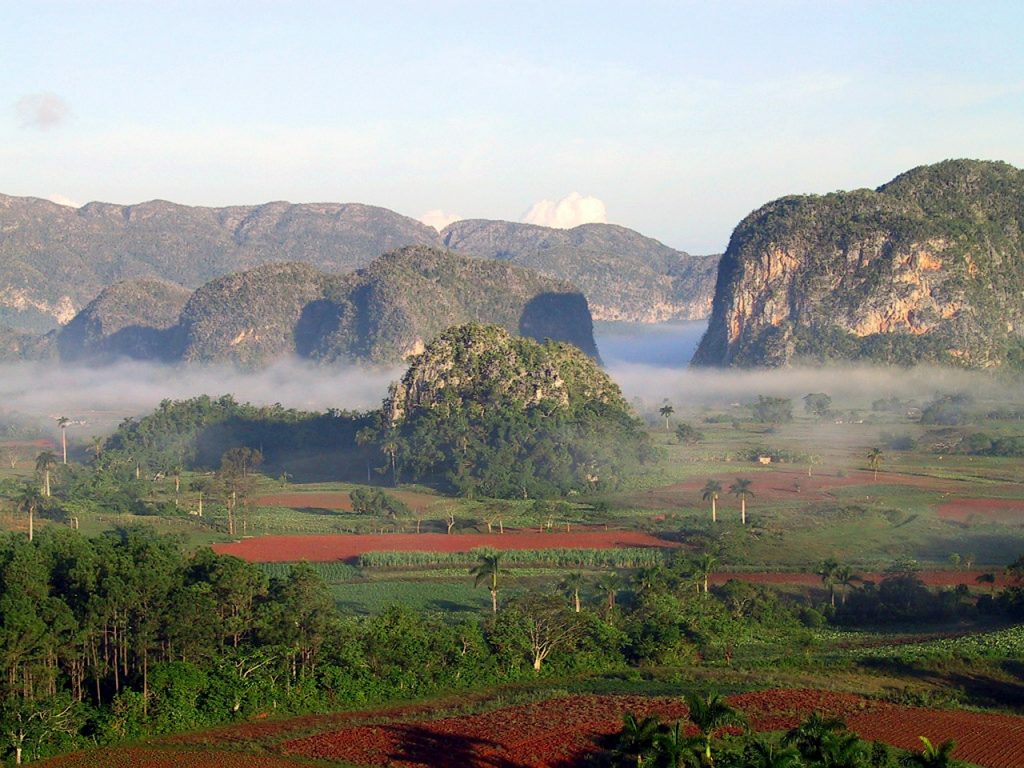
Airline companies were quick to rush in and offer flights to Cuba. A dozen U.S. airlines applied for the chance to operate scheduled passenger and cargo services to Havana. Collectively, the airlines applied for nearly 60 flights per day to Havana, exceeding the 20 daily flights made available by arrangement between the two governments.
In the summer of 2016, the Department of Transportation had already authorized international services for other nine airports, other than Havana’s José Marti International Airport.
Fort Lauderdale and Miami airports were the main gateways for Americans going to Cuba. And while families with members in Cuba were delighted by the new policy, travel agencies started promoting the Caribbean island among tourists looking to catch some of that unaltered Latin vibe.
From 2014 to 2016, the number of US travellers to Cuba increased 77%. The Boston Consulting Group estimates that more than 2 million US citizens could visit Cuba each year by 2025.
Also, 2016 saw the first cruise ship coming from a US port docking in Havana in more than 50 years.
In all, 285,000 US citizens travelled to Cuba in 2016, not counting Cuban Americans. That’s three times the number in 2014 before the travel restrictions were eased. The number of travellers from other countries has grown as well, the Boston Consulting Group analysis shows.
In places like Miami, Cuba has become a favourite travel stop as agencies advertise the country as the last truly authentic Caribbean destination.
The bet on Cuba’s authenticity seems to have paid off as Cuba could also attract all those tourists previously settling on other destinations like the Dominican Republic, the Virgin Islands, Mexico, or the Bahamas.
All this happened even with the strictly touristic visits in Cuba still being technically prohibited for US citizens.
It’s not all roses

But keeping up with the spike in demand has put Cuba’s touristic infrastructure under serious pressure. The Caribbean island state is not the only one facing difficulties in coping with the increased number of visitors. Iceland has to overcome similar issues but Cuba has additional problems because of its economic situation and urgent need of infrastructure investments.
While travel companies were promoting the Cuban experience, complete with rum, cigars, grandiose squares and cobbled streets, colonial architecture and shabby facades, white sand beaches, abandoned coffee plantations and rugged mountains telling revolutionary tales from the past; tourists were starting to notice the shortcomings of a country not ready for its new found fame.
Overcrowding in airports, especially in Havana, has become an issue for tourist and that is coupled with hotels not being able to meet demands, in numbers and in types of accommodations and amenities that American tourists are asking.
Where the state-run touristic system failed to meet demand, locals were quick to react and offer up renting spaces and housing.
Airbnb was among the first companies to start operating in Cuba and typical colonial houses and flats are available online with tourists appreciating the authenticity of the accommodations.
But Boston Consulting survey painted another picture with American tourists being more interested in spending the night at hotels and here, the country will have to make investments if it wants to keep visitors rolling in.
The high demand and low availability have created a spike in prices with the state having to step into lower rates. And the situation is not helped by the fact that much of the interest is going towards Havana.
But the hotel infrastructure is not the only inconvenience. The ports are not equipped to handling such large influx of ships and the road system is also lagging behind, making the rest of the country less accessible for visitors that could be looking to enjoy the natural ambient.
Issues with currency are another matter that seems to be on the mind of tourists prominently, with brochures warning visitors about this thorny issue.
Another important factor is the hospitality. In a country where wages are low, quality service could be hard to find.
The private sector is picking up the slack
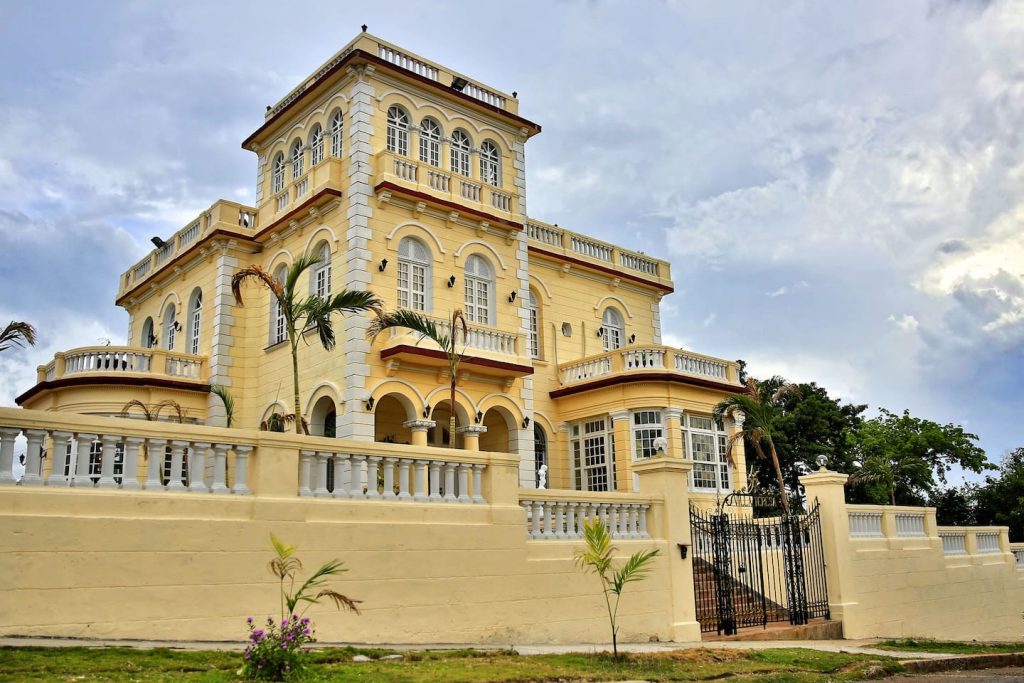
The BCG reports notes that enterprising citizens have already picked up on some of the dissatisfaction and in the absence of a coherent state policy to further develop the touristic capabilities of the country, they started up businesses, running restaurants, B&Bs and working as guides. Over time, experts in the field say that Cubans could realise that there is money to be made in offering quality services for tourists.
But it’s not fair to say that the government is not reacting. It set up some priority investments to accommodate visitors. The list includes hotels, marinas for sailboat charters and golf courses. The government is seeking foreign investors for these projects as a way of accessing international capital and stimulating tourism.
International capital could prove to be a lifeboat for Cuba. In the hotel industry, Starwood Hotels & Resorts is working on development in Cuba and so are Spanish investors.
The Trump bust?
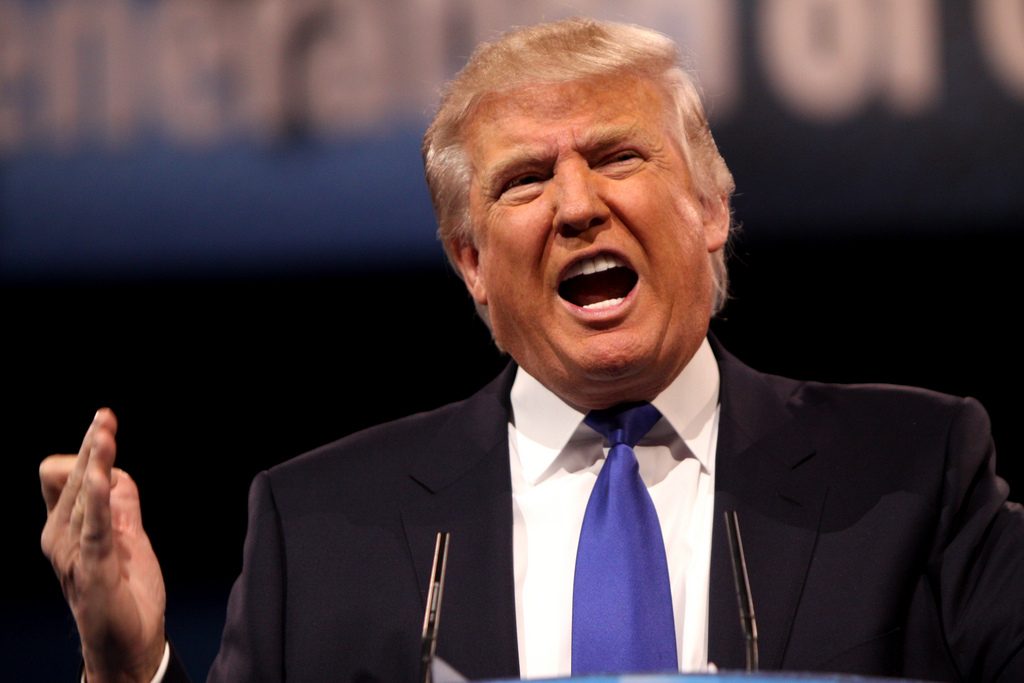
While cruises and airlines are trying to fine-tune their offers with demands, on both sides, coming from the US and outbound from Cuba, the prospects of doors closing in once again between the two nations are never far behind.
Even during his campaign, Donald Trump promised to undo Obama’s legacy regarding Cuban relations. Since taking office, the media has expected Trump to announce the new administration’s approach. And, since most of the US embargo is written in law, all those doors could be shut once again by the stroke of Trump’s pen.
Republicans have been trying to get the Cuban vote by promising to be tough on the Havana regime but experts say that given the cultural, educational, scientific and economic ties that have been built during these last three years, it will be hard to go back to a pre-Obama stance on Cuba.
What’s more, a Pew research at the end of 2016 suggested that the majority of Americans favour Obama’s policy. 75% of responders said they were supportive of re-establishing diplomatic ties while 73% favoured the ending of the embargo. And this, despite the fact that most US citizens do not believe that the Havana regime will be changed by this new approach.
Even the majority of Republican voters and Republican-leaning independents favour the re-establishment of diplomatic relationships and the lifting of the embargo.
U.S.-Cuba relationship, in limbo
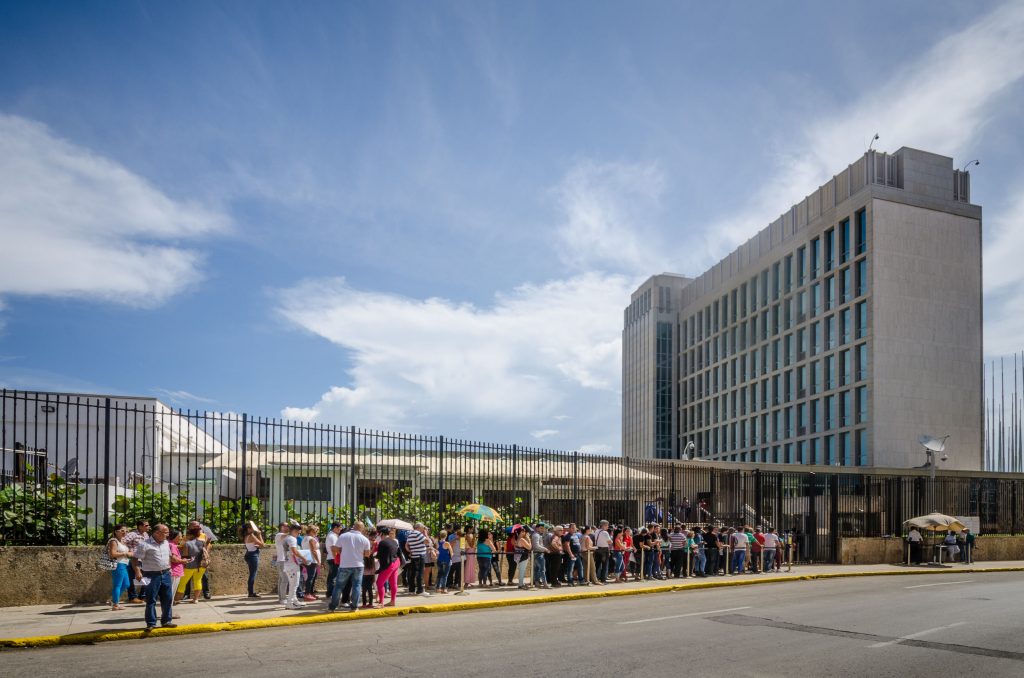
While in February, the White House Press secretary announced that the administration was conducting a full review of all types of relationships between the two countries, there is still no official shift in policy. But as Sean Spicer said, Cuba’s human rights track record could play a major part in this reevaluation.
Besides the economic implication for American companies and the social cost of severing relations, there is also the foreign policy cost that has to be taken into account. A new isolation could hit hard the developing private sector on the island while the internal political balance could be tilted towards conservative Cubans.
While the open door policy still has a chance of fueling change in the Cuban society, old draconian measures could turn back the hands of time.
Companies and Cuba are keeping a close watch on the White House while tourists are booking trips, especially since the Trump administration created a sense of urgency for those wanting to explore the Caribbean island.
It could also be argued that given the fact that Trump has changed his mind towards NATO, NAFTA and China during his first months in office, he might also change his mind about Cuba and could preserve the status-quo.
A former US protectorate, even after its War of Independence against the Spanish, Cuba faced in 1961 the severing of all diplomatic ties with America. The US imposed a comprehensive set of restrictions and bans as retaliation for the nationalization of U.S. corporations’ property by Cuba.
Meanwhile, the American government was involved in several covert attempts of toppling the Havana communist regime. Suspicions that Washington’s open door policy could be nothing more than a new approach to meddling in Cuba’s internal politics are still present, and conservatives in Havana are actively playing this card, also in an attempt to turn the tide of change.
A decision could put companies, and the Cuban state at ease as predictability could allow new partnerships to be built in order to modernize and upgrade the tourism infrastructure in Cuba.